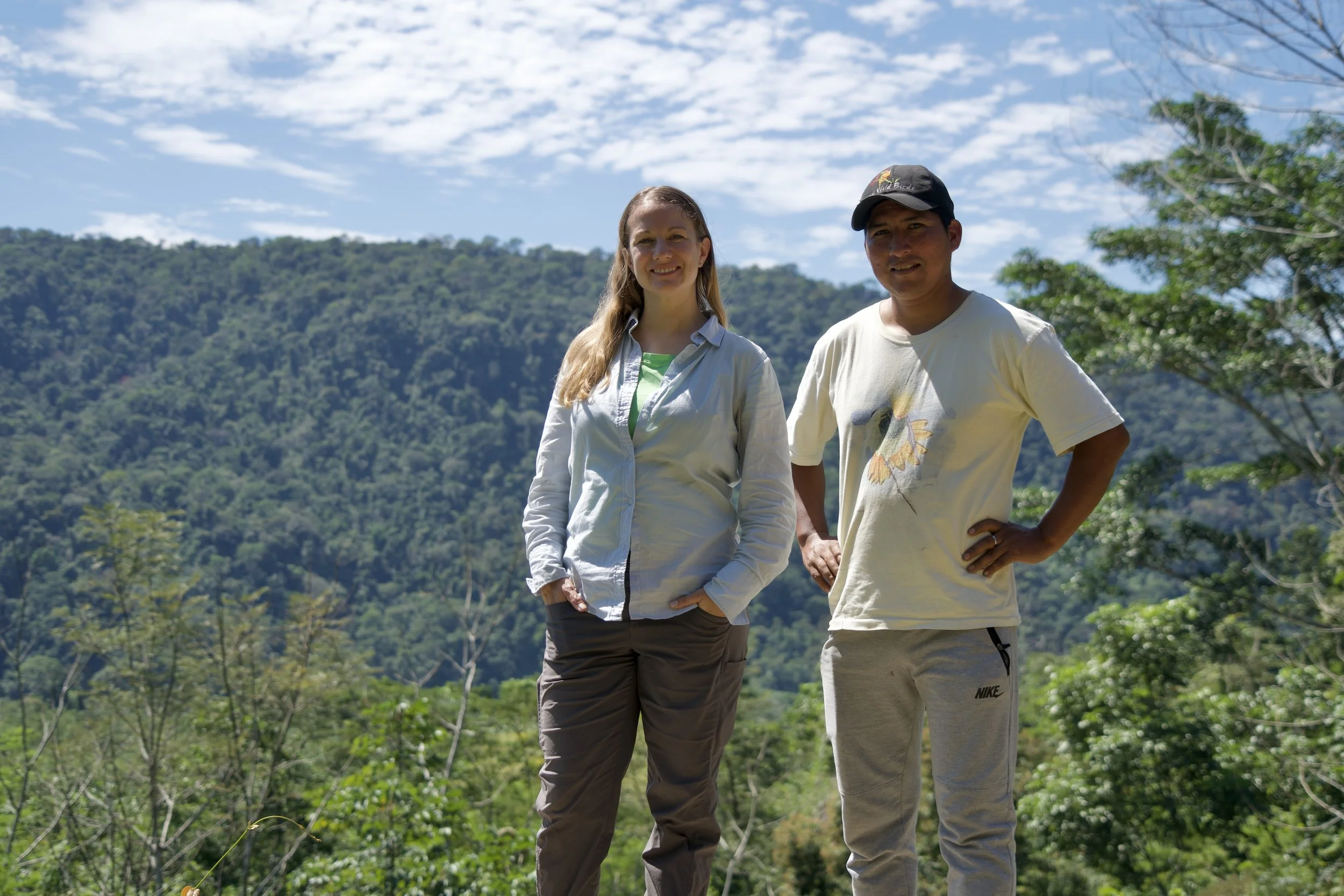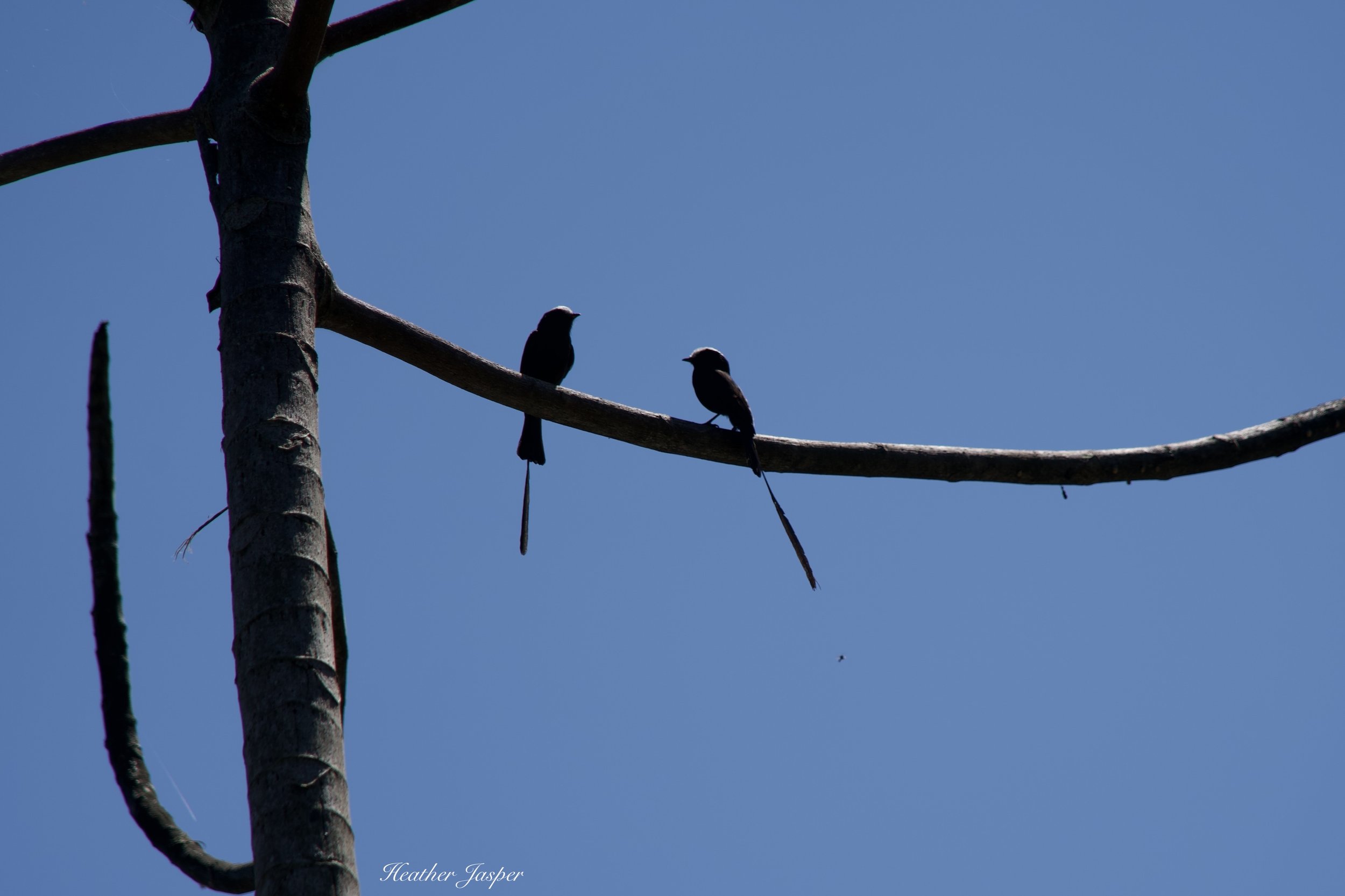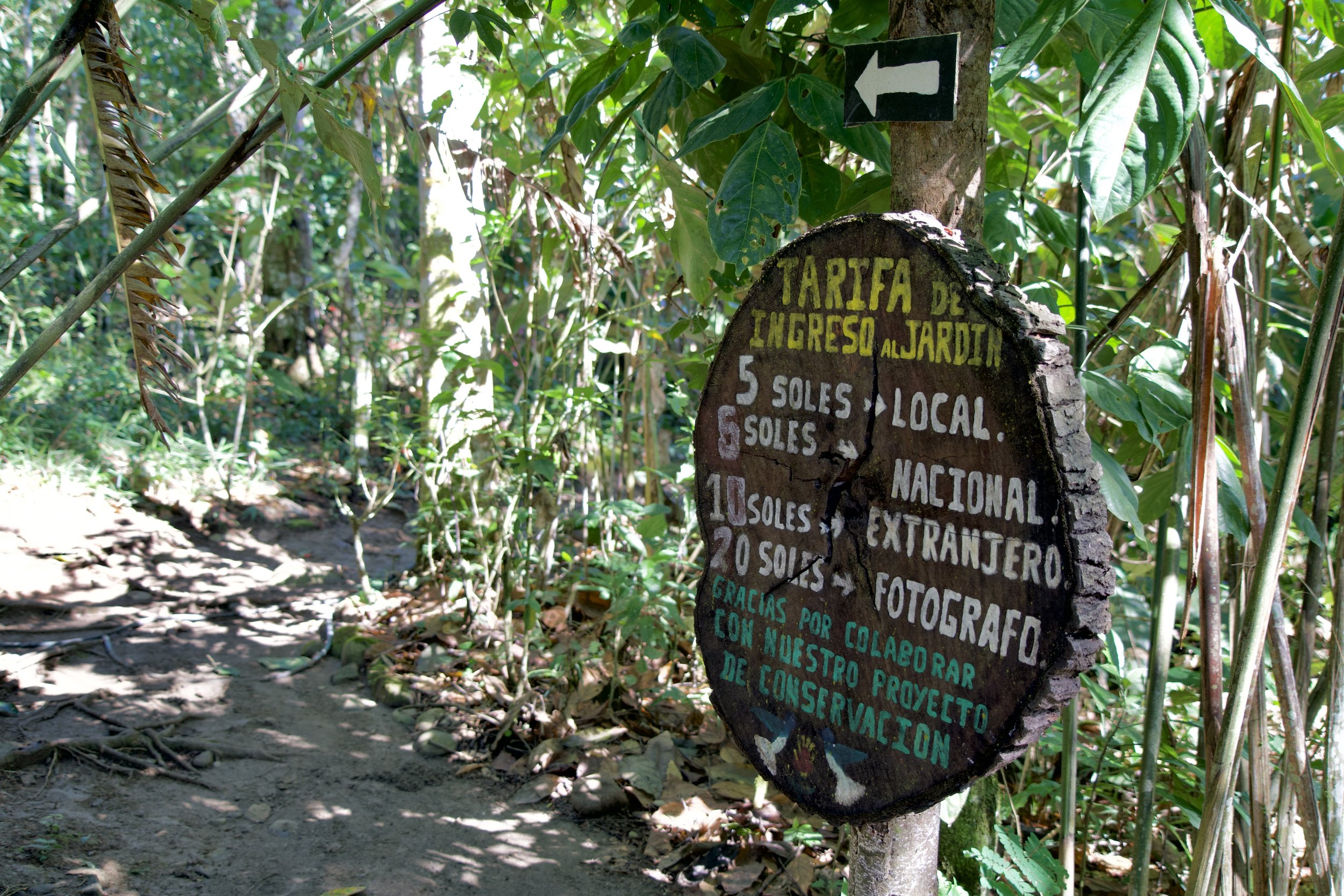Mirador Pico de Hoz
Do you want to support reforestation in the Peruvian Amazon?
This Blue-headed Macaw is one of the animals rescued from the illegal pet trade that now lives free at Mirador Pico de Hoz.
The news these days is full of the plight of the Amazon:
NY Times: Has the Amazon Reached its Tipping Point?
CNN: Amazon Nations Fail to Agree on Common Goal to End Deforestation
Me with Yonatan Puma on his family’s recently reforested land at the edge of Peru’s Manu Bioreserve.
But what can you actually do to help?
Support people like Yonatan Puma, who has turned his family’s land into a nature preserve.
Yonatan inherited land that has been logged and used for agriculture. Rather than continuing the family farming tradition, he has replanted the land with native species and turned it into a nature preserve.
He named his preserve Mirador Pico de Hoz, which translates to Viewpoint Sicklebill. It’s named after the obvious viewpoint where I’m standing in the photo above, and the most popular hummingbird that you can see at the preserve. Unfortunately, they’re seasonal and I wasn’t there at the right time to see a Sicklebill hummingbird.
The best time to see the Sicklebill is when its favorite heliconia flowers are blooming from November to March. Other heliconias that attract it flower from March to May. Basically, you have to visit in the rainy season.
Already, dozens of species have returned. I saw two species of monkeys and more birds than I could identify on my own. The monkeys below are Titi Monkeys.
In an area near the river, that had been turned into dry fields, Yonatan dug a circular pond. The shape imitates the natural curved ponds and lakes left when rivers change their course. The former riverbed gradually separates entirely from the river, leaving a body of water poetically called an abandoned meander. In Peru, people use the Quechua word: cocha.
Yonatan has built several small rafts so people can paddle around the cocha.
The central island in Yonatan’s circular pond is a perfect place for birds to nest. It’s protected from animals that might steal eggs – like monkeys. Before he flooded the new pond, Yonatan placed dead trees on the island to provide nesting places for parrots, macaws and other jungle birds that nest in dead trunks.
Long-tailed Tyrants
This is just one of many species that has made itself at home in the dead trees Yonatan installed on the island in the middle of his lake.
Hummingbird Impressionism
Another thing I loved at Mirador Pico de Hoz was the clouds of hummingbirds that visited the feeders. I saw eight species during my brief time near the feeders and the three below were the most common. I usually only post photos that are in focus, but some of the hummingbird shots below are intentionally blurry because of how it emphasizes how fast they are.
The Golden-tailed Sapphire
The White-necked Jacobin
The Rufous-breasted Hermit
Reid Rumelt
Some of the birds at Mirador Pico de Hoz were easy for me to identify on my own, but most of them were thanks to Reid. Follow him on Instagram @reidrumelt to learn about his research on birds in Peru.
Mirador Pico de Hoz
Entry fees are nominal and extra donations are gratefully accepted.
Camping coming soon!
I’m so excited that Yonatan is making a campground near the viewpoint. Currently, the preserve is open 6am-5pm so there’s no option for birdwatching in the evening or pre-dawn. Hopefully, the campground will be open when I’m back in March 2024. I would love to watch the sunset and do a night walk at Mirador Pico de Hoz!
How to get there?
Driving from Cusco, it takes five hours if you drive straight through. Call it 6-7 hours if you want to stop along the way - and there are great birding spots along the way!







































